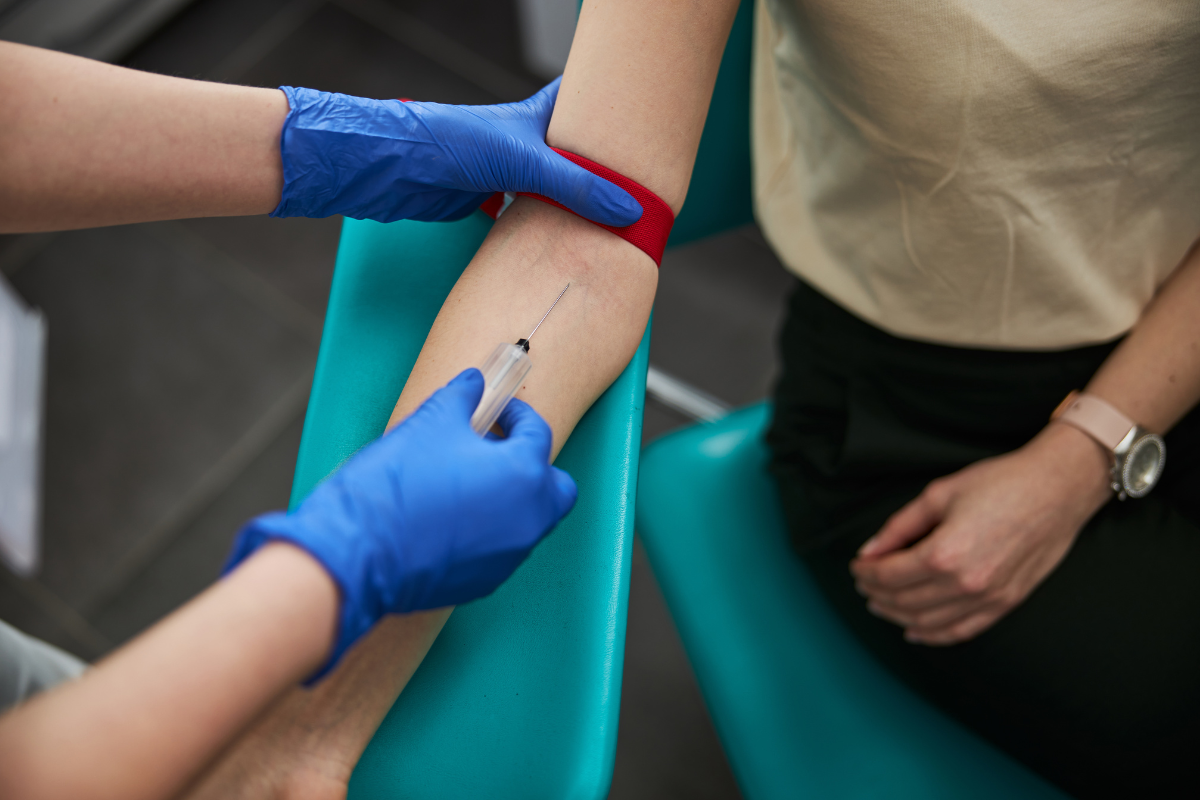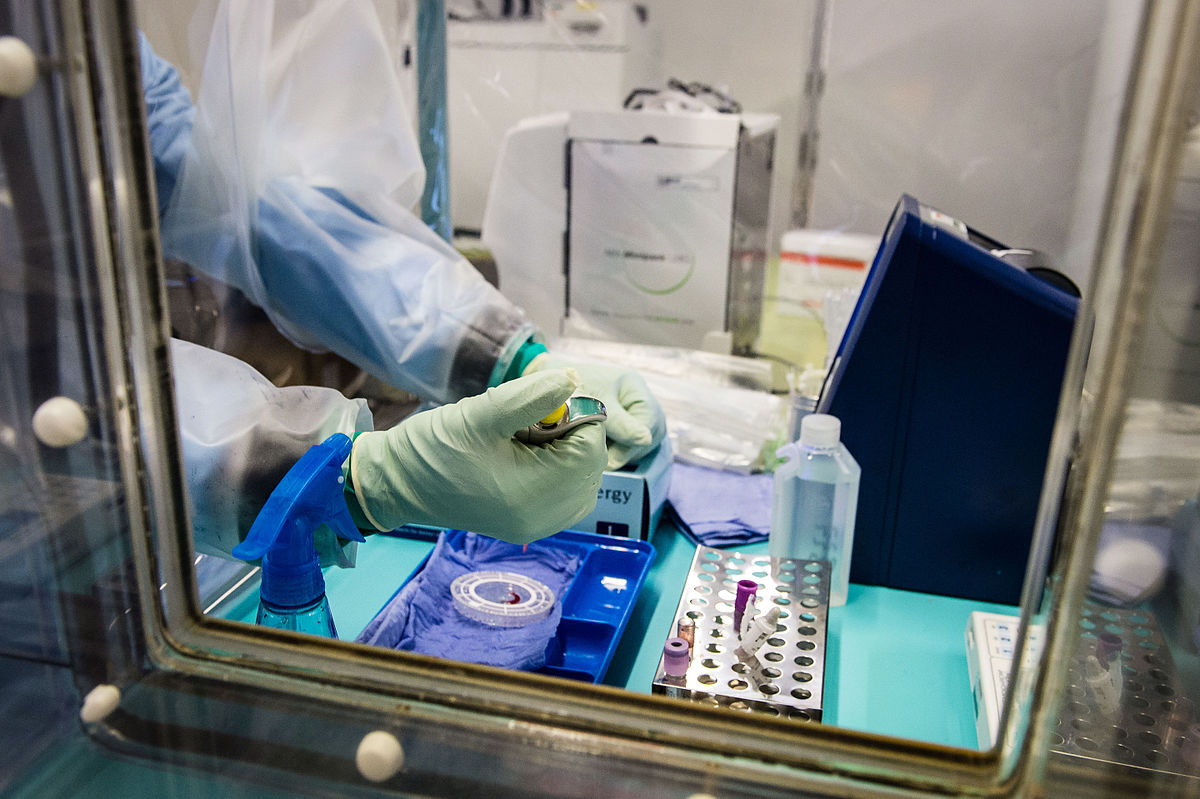Neurodegenerative Biomarkers and Treatment Strategies for Neurodegenerative Diseases

The value of biomarkers in neurodegenerative disease therapeutics is often discussed from a clinical point of view. Biomarkers are useful in reaching decision points for clinical development: in the context of neurodegeneration, researchers and healthcare providers aim to identify and pioneer biomarkers which can inform primary care.
A panel discussion at February’s Biomarkers 2023 explored several aspects of neurodegenerative treatment and the development of dedicated biomarker strategies for associated diseases. Some of the main areas discussed include the challenges associated with tissue access, the promise of multimodal biomarkers, and complications with the validation of biomarkers for neurodegenerative diseases.
Tissue Access for Neurodegenerative Biomarkers
Neurodegenerative diseases affect the structure and function of the brain and nervous system, leading to the progressive loss of both neurons and neuronal networks. Various therapeutic approaches aim to either slow their development or alleviate some of the symptoms, but no cure is known for these diseases at present.
Neurodegenerative biomarkers are a key part of the mission to detect these conditions, as they provide insights on the rate of disease progression and patient condition. However, biomarker access is a constrictive factor in neuroscience as researchers cannot typically access human brain tissue. Neil Humphryes-Kirilov is Associate Director of Human Genomics at C4X Discovery, and focuses on multimodal data analysis of complex diseases. For him, a central approach to overcoming the issue of tissue access is by focusing on the genetic aspects of the disease.
“We know that for many complex diseases including neurodegeneration, such as Parkinson’s disease, there is a genetic component,” said Humphryes-Kirilov. “I think we need to move beyond single gene variants, because, although they are informative, we need to take a more holistic approach.” The approach he recommends is a multimodal analysis of genetic data in tandem with biomarker data, with the aim of inferring more information about the patient.
Employing Multimodal Biomarkers in Neurodegenerative Disease Analysis
In the context of biomarker discovery, multimodal analysis provides considerably more robust information compared to unimodal analysis methods. Examples of multimodal analysis applications in other avenues of biomarker identification include prognostic biomarkers for men with high-risk prostate cancer. However, biomarker access is still a constraint with this approach for neurodegenerative diseases.
As Head of Biomarker Research at Herantis Pharma, Kira Holmström is involved in developing modified therapies for diseases such as Parkinson’s and is working on preclinical translational biomarkers. While approaches exist for investigating changes to neural properties such as cerebral spinal fluid (CSF), accessing the pathologies of the brain remains a challenge for those in the field of neural pathology. “I think imaging biomarkers are a valid way of accessing the functionality of the brain, but these are not easiest to work with,” said Holmström.
The technology necessary for multimodal biomarker imaging in neural pathology already exists, particularly when integrated with transcriptomic sequencing. However, measuring a particular signal or trend is much less challenging than doubling down and construing meaningful inferences from this trend, particularly when it comes to wading through the large volumes of data and information that multimodal screening approaches can generate.
Biomarker Validation in a Neurodegenerative Context
Validation is a crucial step in biomarker discovery, as it ensures the identified biomarker is reliable in detecting the targeted disease or condition. Biomarker validation in neurodegenerative disease is a focus for Jennifer Barnett, Chief Executive Officer at Monument Therapeutics. She gave the example of lecanemab — a monoclonal antibody medication used for the treatment of Alzheimer’s disease — as a success story in a field notoriously difficult to develop for. However, this was a rare occasion, with trillions of dollars previously spent attempting to develop an Alzheimer’s drug without a validatory biomarker.
“If you think back to 20 years ago, clinical trials didn’t have biomarkers,” said Barnett. “They were based on a clinical assessment of Alzheimer’s disease.” Unfortunately, it transpired that 30% of patients involved in amyloid plaque trials did not have amyloid plaque present in the brain.
Holmström added that even the best biomarker would only be worth running in a study if the results were concretely reliable. “There’s a lot of work from conceptualising the idea of a biomarker to finally going through the technical challenges and actually implementing them,” she said. “There’s nothing you’re really drawing on.” One example she gave of a biomarker that ultimately fell short of what it was intended for was the neurofilament light chain (NfL) biomarker for Alzheimer's. However, Holmström added that NfL was very promising in other disorders such as ALS, and that understanding more about both the biomarker and the disease was integral to correctly interpreting the data.
Additional Notes on Biomarker Validation
Subsequently, some medics have been considering stratified medicine approaches: the grouping of patients based on a perceived risk of disease or response to therapy using diagnostic tests or techniques. In the context of precision medicine, this can entail the stratification of patients subject to their behaviour. Humphryes-Kirilov said that by digging deeper into the genetics of patients with Parkinson’s, his team at C4X Discovery had seen a sub-group of Parkinson’s which is clinically relevant. “For us, the bottleneck is access to data and more datasets.”
“If we have a better understanding of the different molecular subtypes we’re working with, we’ll be better at finding efficacy.”
With the greater implementation of multi-omics screening approaches, more and more data is available on patient condition. However, implementing this data requires a degree of inference. “We need to stop thinking about these complex diseases as one disease you can treat with one drug,” continued Humphryes-Kirilov. “These diseases are purely symptomatic from that perspective.” While researchers can do a lot with the data already available, clinicians will always want to build a more concrete understanding of a patient’s condition – which means extracting and interpreting more data.
Understanding Patient Condition in Neurodegenerative Biomarkers
Jordi Clarimon is Lead Specialist in Clinical Biomarkers at Lundbeck, a global pharmaceutical company specialising in brain diseases. He emphasised the importance of taking a mixed pathology approach to interpreting patient condition, as “we know there’s no ‘pure’ Alzheimer’s disease.” This means that while some patients may display similar symptoms, there is no guarantee that their internal condition is consistent. Clarimon added that, in his view, the next step for biomarkers in clinical trials would be those which behave differently across patient datasets.
“The ideal thing would be following some of the oncology discoveries when we find patients that need our therapy,” said Holmström to conclude. She added that an understanding was required of the complex pathologies involved in patients with neurodegenerative diseases. “One of the things it would be good to see in drug development is an indication that it’s working the way you think it will. A big challenge for slow-progressing chronic disease is seeing a translation from clinical efficacy.”
Want to learn more about the applications of biomarkers in neurological pathology? Head over to our Biomarkers portal for the latest news on advances in the field and insights from the industry’s best and brightest. If you’d like to learn more about our upcoming Biomarkers US conference, visit our event website to download an agenda and register your interest.







